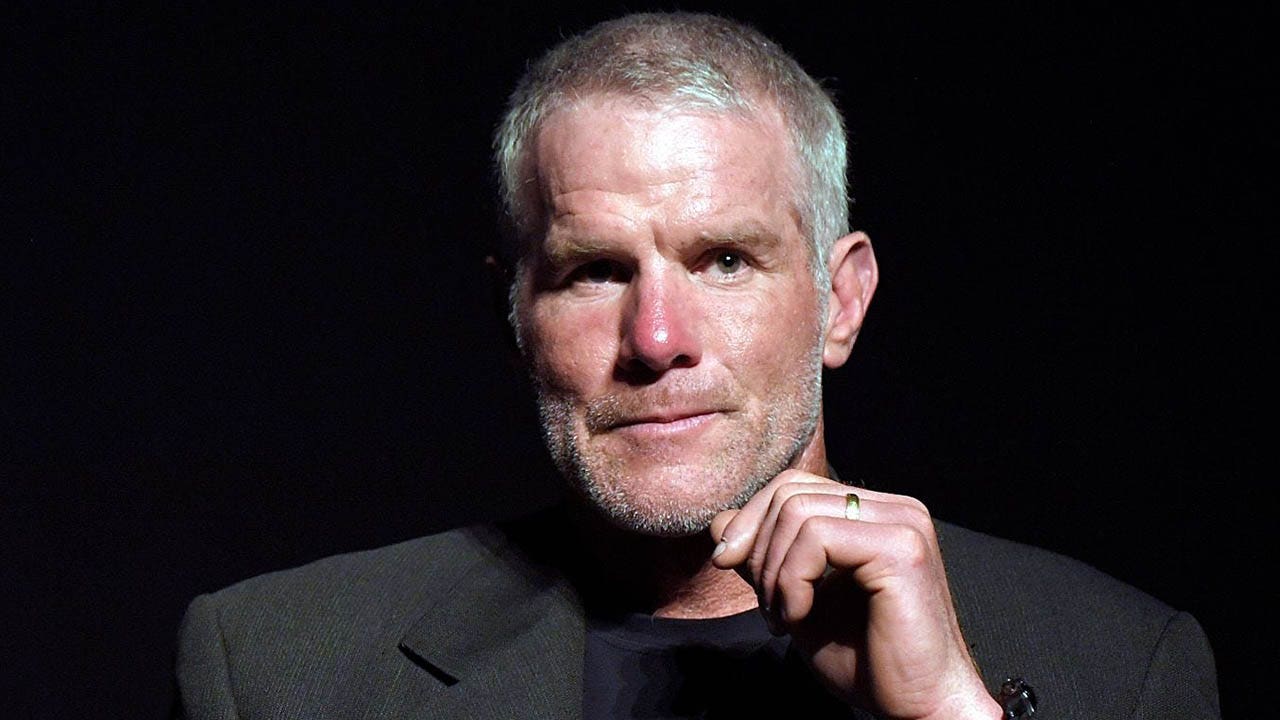For those who weren’t following along during the 2011 World Cup qualifying cycle — in which the U.S. lost to Mexico in the CONCACAF semifinals before Alex Morgan finally sent the U.S. through in a playoff series against Italy — matches against Mexico might have felt like a rivalry in name only.
The U.S. women’s national team had not lost to Mexico since that moment in 2010, and hadn’t lost to any CONCACAF opponent at home since 2000.
Monday night threw that narrative out the window.
The USWNT was outplayed in a 2-0 loss in front of a boisterous crowd in Carson, Ca., and while it didn’t match the low of that 0-0 draw against Portugal in the World Cup group stage last summer, the team’s final group stage match of this Gold Cup was (hopefully) a helpful reminder that the team hasn’t found their new, cohesive identity just yet.
The thing that should worry fans the most is how Monday’s performance was a reflection of the listless USWNT we’ve seen before.
But how much should we read into the 270 minutes played this year? How much does a loss change what needs to happen ahead of the Olympics? And why is cohesion still such a massive problem?
Mexico provided a necessary test — and a reminder
Mexico deserves full credit and nothing but praise for executing on Monday night in all the places that matter. But by the same token, the USWNT failed in many of those areas.
That failure can be helpful if used correctly (see: losses to France in friendlies at the start of 2015 and 2019, both of which were followed by World Cup titles). However, that’s been the takeaway for this U.S. team for a while now. At some point, the players and coaching staff either step up or they don’t.
What did the U.S. hierarchy want to get out of these games? If there was ever a time to let the team’s young players problem-solve in a difficult situation, it was on Monday night, down 1-0 to Mexico after the first half and with plenty of unproven talent on the field. Let them be tested. Let them fail, even! Instead, 34-year-old, 217-capped Morgan came on after the break. That doesn’t tell interim head coach Twila Kilgore or the incoming Emma Hayes anything about this team right now.

Morgan came on against Mexico (Ronald Martinez/Getty Images)
The USWNT mystique is gone, and the rising level of the rest of the world is only part of the story. The players used to wield their collective reputation and mentality as both sword and shield — it told them something about themselves, and something about every other team they faced. Without it, they have lost a weapon and something more symbolic.
Leaning into an old-fashioned underdog mentality might be the play, as ridiculous as it may sound considering the U.S. is still ranked No. 2 in the world by world governing body FIFA. There has been plenty written on the USWNT’s lack of joy since those very strange Tokyo Olympics, but less focus on a possible flip side: harnessing the anger for good as it sits in joy’s place.
With a generational shift underway, younger players who are hungry for recognition and results should take any emotional advantage they can find.
First though, they have to get onto the field.
Why is cohesion still such a massive problem?
It’s worth remembering that this Gold Cup is the USWNT’s first camp of the year, and that it’s still preseason for the large chunk of this roster that plays domestically in the NWSL. That’s not necessarily an excuse for the cohesion issues that plagued the USWNT on Monday, but it is at least helpful context, along with the massive rotation in personnel that’s happened through the group stage.
Center back Naomi Girma feels like the key to solving this problem, immediately and in the long term. Though it’s understandable to want to manage her load, Girma has already ascended to the tier of player that you need on the field at all times. She’s been through a World Cup now too — and was the USWNT’s best player in New Zealand and Australia by a very comfortable margin.

Girma facing Argentina (Ronald Martinez/Getty Images)
“Something tonight that was missing was just a bit of bravery from the center backs and willingness to play forward,” Kilgore said postgame. “Regardless of how many numbers we have in front of the backline, the expectation is that we look to play forward passes, that we keep the ball moving, and of course that sometimes requires a balance and it comes back, but we do want to play forward.”
If the team’s identity is built upon playing out of the back, it feels like having your best defender — a 23-year-old who the team will build around for the next decade — on the field for the toughest group-stage match would have been a more effective use of Girma than pairing her with Tierna Davidson against Argentina.
USWNT defender Kelley O’Hara said on Monday that the team had sometimes been “stuck” within certain formations and tactics over the past couple of years, and the performance against Mexico had the same feel as some of the team’s more frustrating recent performances. On a night like Monday, it feels like the USWNT is clinging to the very identity they need to shed, and some beautiful principles of play that are great in theory and sometimes need to go out the window when a game calls for it.
It’s impossible to know from the outside if the coaching situation is playing a role here — everything coming from the team (publicly, at least) is that communication from Hayes and Kilgore has been excellent and everyone understands the plan until Hayes arrives from Chelsea in May.
Hayes not being present until then isn’t ideal on a number of fronts, but it’s simply a fact the USWNT must deal with. The federation made this agreement, and now the team is dealing with the ramifications of playing under an interim head coach stationed a continent away a few months before a major tournament. It’s not ideal and it’s not something that can be changed.
How much can we read into starting XIs and playing time?
The answer for me is still: “Not much at all.” But so you can see the three games side-by-side, here are the line-ups…



Rotation was promised by Kilgore, and she delivered. With the media after Monday’s game, she bristled a bit at a question about whether that rotation had backfired.
“The whole group is prepared to play,” she answered. “The whole group was prepared to play tonight. We could have gone with several options, and this was the group that we chose. I’m very confident that the group is capable of executing.”
Kilgore said that it was important for all players to have opportunities in this tournament, but also important for the team to execute.
“It’s not just about partnerships, it’s about systems, roles and responsibilities,” she said.
From my vantage point outside the privileged bubble of the USWNT technical staff, the Gold Cup still feels like the right place for experimentation, evaluation and rotation. But if you’re going to do it, you have to actually commit.
(Top photo: Ronald Martinez/Getty Images)






